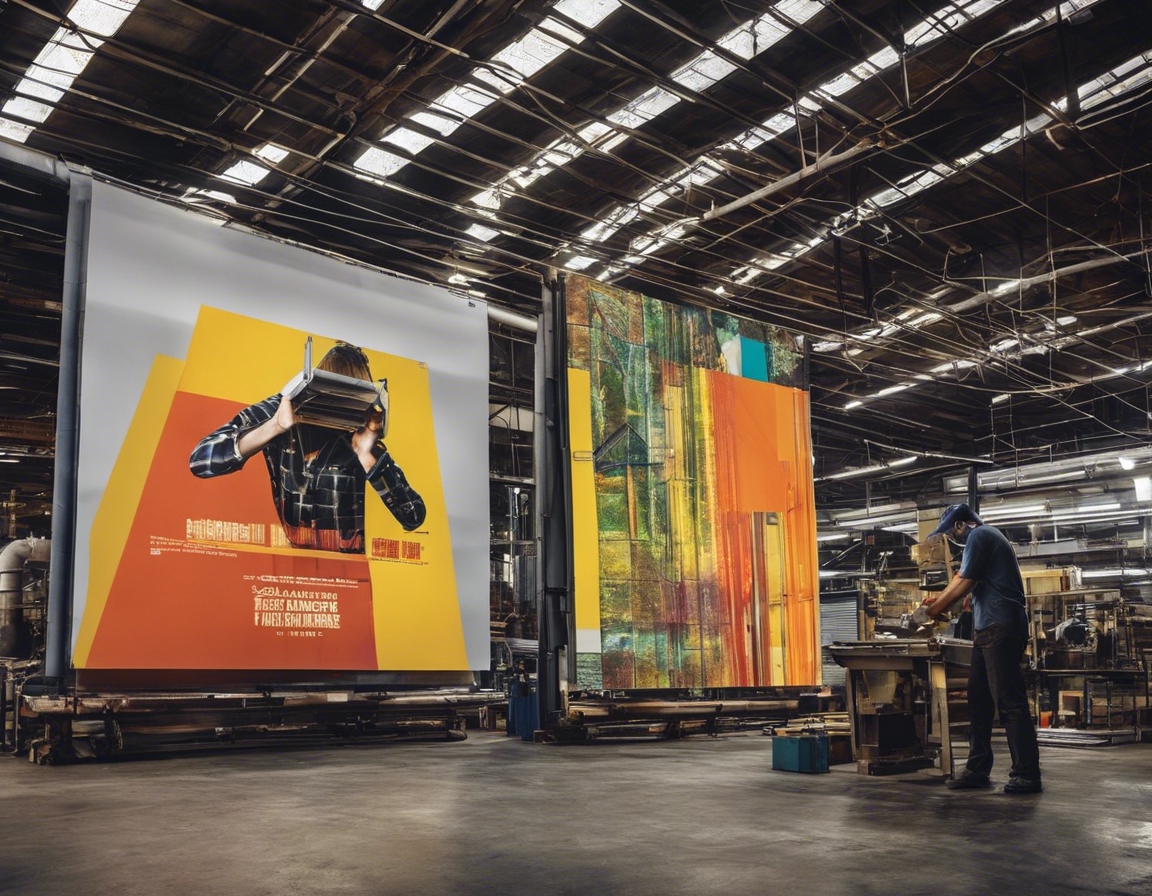5 ways to combine art and science in your marketing strategy
In the realm of marketing, striking the right balance between art and science is crucial for a successful strategy. Art represents the creative, humanistic aspect that resonates with audiences on an emotional level, while science embodies the analytical, data-driven approach that measures and guides marketing efforts. For businesses looking to thrive in the digital age, combining these two elements can lead to innovative and effective marketing solutions.
Marketing has traditionally been viewed as a field dominated by artistic creativity. However, with the advent of digital technology, the science of marketing—through data analysis, metrics, and strategic planning—has become equally important. Understanding how to merge these two facets can give businesses a competitive edge.
1. Data-Driven Creativity
Utilizing data analytics allows marketers to understand customer behavior and preferences, which can then inform creative decisions. By analyzing trends and patterns, businesses can tailor their creative content to better engage their target audience.
Conducting A/B tests and reviewing case studies can help determine which creative elements resonate most with consumers. This scientific approach to testing enables businesses to refine their artistic concepts for maximum impact.
2. Personalization at Scale
Data-driven personalization involves using customer data to deliver individualized messages and experiences. This strategy can significantly enhance customer engagement and loyalty.
Advanced marketing technologies, such as AI and machine learning, can analyze vast amounts of data to provide personalized recommendations and content at scale, bridging the gap between art and science.
3. Storytelling with Data
Storytelling is an art form that, when combined with data insights, can create powerful and persuasive narratives. Marketers can use data to craft stories that not only inform but also emotionally connect with audiences.
Visual data representation, such as infographics and interactive charts, can make complex data more accessible and engaging, enhancing the storytelling aspect of marketing campaigns.
4. Predictive Analytics and Customer Insights
Predictive analytics can be used to anticipate market trends and consumer behavior, allowing businesses to stay ahead of the curve. This scientific method can inform creative marketing strategies that capitalize on future opportunities.
By applying predictive models, marketers can identify potential customer segments, optimize pricing strategies, and create targeted campaigns that are more likely to succeed.
5. The Art of SEO and Content Marketing
SEO is a science that requires understanding algorithms and user search patterns. By optimizing creative content for search engines, businesses can ensure that their artistic efforts are seen by the right audience.
While SEO focuses on the technical aspects of content visibility, it's the art of creating engaging, valuable content that truly captivates the audience. Combining SEO best practices with high-quality content can lead to a symbiotic relationship that boosts online presence and drives business growth.






Comments (0)